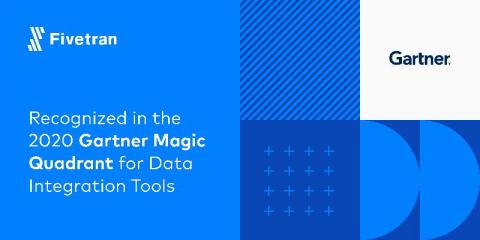20.3 Release Highlights: Post-Deployment Workflows
The software development life cycle doesn’t stop at development. Many low-code options today provide tools to accelerate application development. However, they do little to help developers deploy or maintain applications. Appian recognized these issues years ago and have worked to build a platform that delivers the value of low-code throughout the entire application lifecycle.











